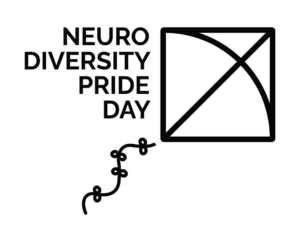In the vast tapestry of human diversity, neurodiverse individuals bring unique talents and perspectives to the table. However, alongside their strengths, they often face misconceptions that can hinder their full potential. Let’s explore some common traits of neurodiverse talents and debunk the myths surrounding them.
- Talkativeness: Neurodiverse individuals are often perceived as talkative, sometimes to the point of being overwhelming. However, this trait is not always about dominating conversations. In many cases, they engage in extensive dialogue as a way to connect with others and express their thoughts and ideas. Their intention is often to make others feel comfortable and engaged, rather than simply seeking attention.
- Interrupting Conversations: It’s not uncommon for neurodiverse individuals to interrupt conversations, but it’s rarely out of rudeness or lack of respect. Instead, it’s often driven by excitement and eagerness to contribute to the discussion. Their minds are brimming with ideas and insights, and they may struggle to contain their enthusiasm, leading to occasional interruptions. Understanding this can help foster more inclusive and supportive communication environments.
- Hyperfocus: Neurodiverse individuals may exhibit hyperfocus—a state of intense concentration on a specific task or topic. While this can be a valuable asset in certain situations, it’s often misunderstood as a lack of attention or interest in other matters. In reality, their ability to hyperfocus allows them to dive deep into subjects they’re passionate about, leading to remarkable insights and innovations.
- Sensory Sensitivities: Sensory sensitivities are common among neurodiverse individuals, but they’re often overlooked or dismissed as insignificant. However, these sensitivities can have a profound impact on their daily lives, affecting everything from their work environment to their social interactions. Recognizing and accommodating these sensitivities is essential for creating inclusive and supportive spaces where neurodiverse talents can thrive.
- Non-Linear Thinking: Neurodiverse individuals often have a non-linear thinking style, which can be misunderstood as disorganized or chaotic. In reality, their minds work in unique ways, making connections and associations that may seem unconventional to others. Embracing this non-linear thinking can lead to fresh perspectives and innovative solutions to complex problems.
By understanding and embracing the traits of neurodiverse talents, we can create more inclusive and supportive environments where everyone has the opportunity to thrive. Let’s debunk the misconceptions and celebrate the diversity of thought and experience that neurodiversity brings to our lives and workplaces.







